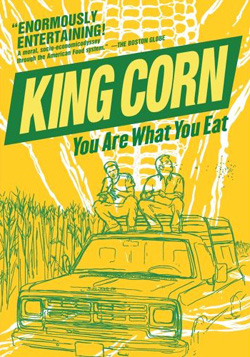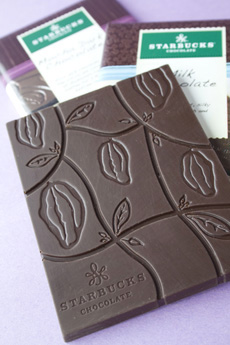| If you didn’t catch the feature documentary, King Corn, on television last week, buy the DVD for Earth Day—or any time you want an eye-opener (the official release date is Tuesday, April 29, but you can order it now). You’ll never look at corn the same way again. Almost everything we eat contains corn: high fructose corn syrup, corn-fed meat and poultry and corn-based processed foods. The government pays farmers $28 per acre to grow corn. If it weren’t for the $28 payment, many farmers would lose money on their crops. Yet, we have a corn surplus: Your tax dollars at work. But bigger news than the government wasting taxpayer dollars to subsidize crops is what you’ll learn about corn. Some highlights:
– The corn planted today in the corn belt is genetically modified for high yields and herbicide tolerance. It’s meant to be made into high fructose corn syrup or livestock feed. It’s not “corn on the cob,” edible by humans. (That’s a different variety.) |
|
 King Korn: Buy the DVD. King Korn: Buy the DVD. |
| – In fact, all of the nutrition has been bred out of the corn. The original protein-rich Mexican strains have been modified into mostly starch. Yes, the farmers can’t even eat the corn they grow—at least, not as a vegetable.
– But we all eat it—in the meat that our livestock has been fed with, in the HFCS that’s in our bread products, in the corn oil that the fries are cooked in, and of course, in all that soda.
While the production values of “King Korn” are homespun, the message is not. The corn that pervades our diet—which is killing us through higher rates of obesity and diabetes—is also killing the cattle. You’ll see up-close and personal how cattle that have grazed free range on grass for thousands of years are now feedlot cattle, fed a corn that their digestive system is not evolved to deal with, so that they reach market weight in half the time. If they weren’t slaughtered for beef at 12 to 18 months, they’d be dead in a few months from acidosis caused by their diet. Yes, you’ll never look at a burger the same way, either.
While you’re at it, pick up a copy of Al Gore’s Academy Award-winning film, “An Inconvenient Truth,” about climate change. |




